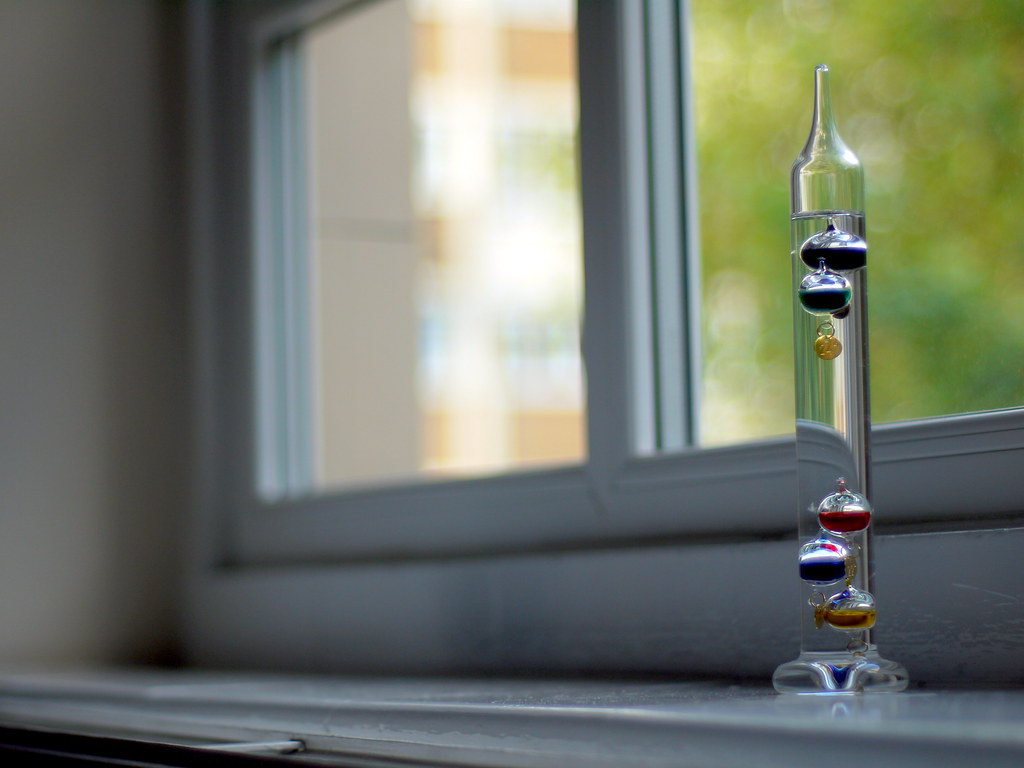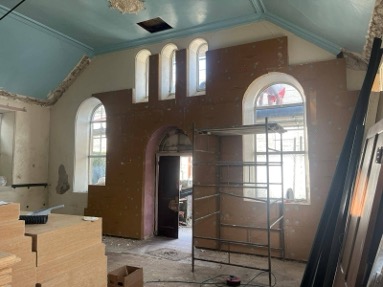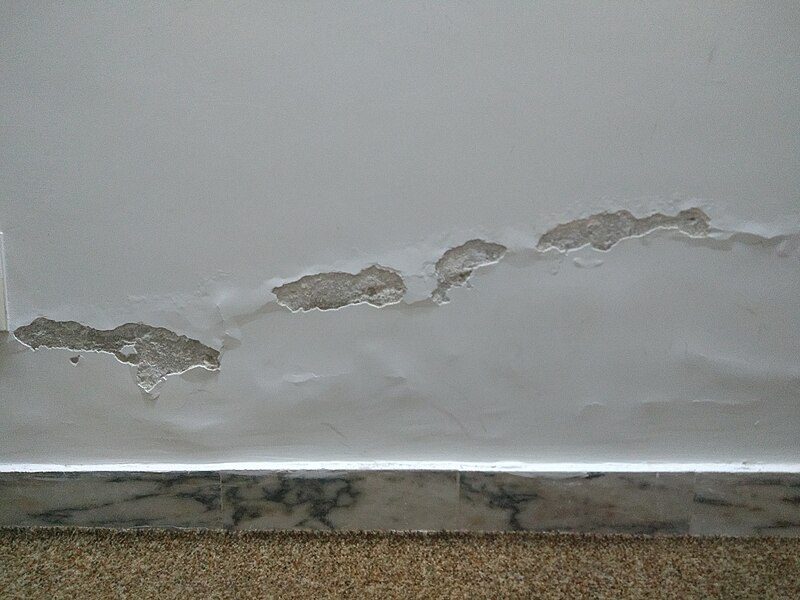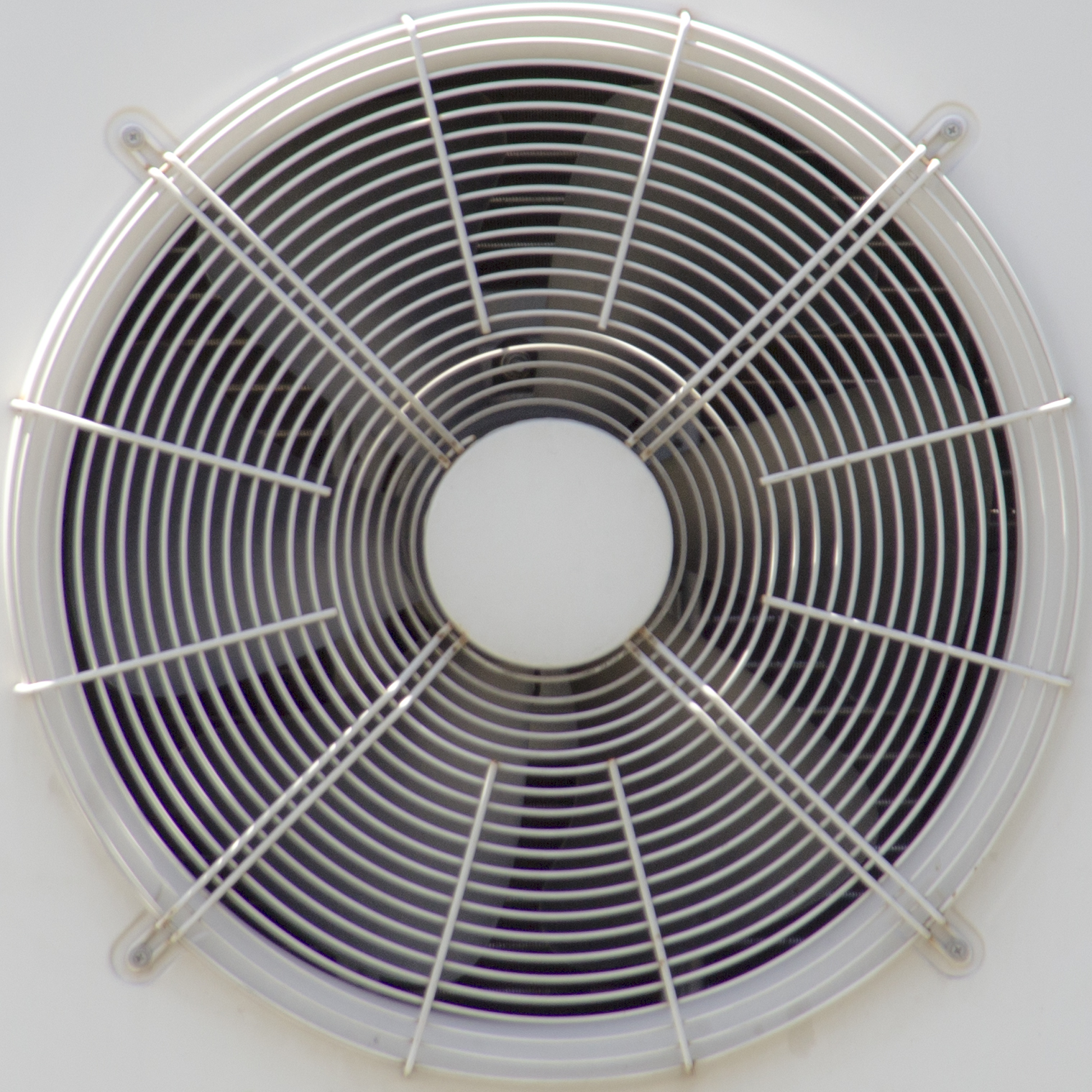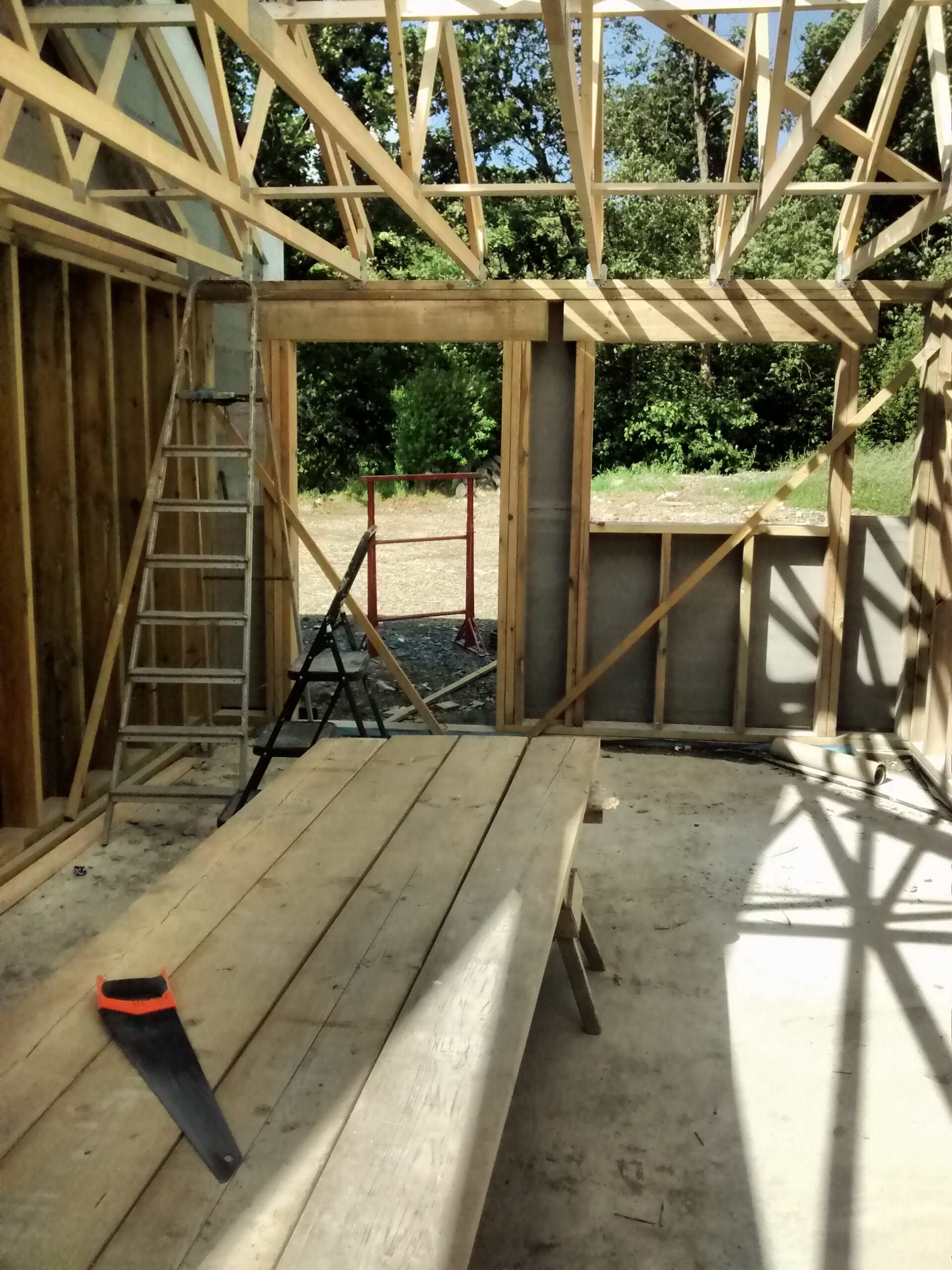We left the last post considering devices for aiding the ventilation of our buildings. The two devices I will discuss here are a Mechanical Ventilation with Heat Recovery unit (MVHR) and an air pump (a positive pressure system).
An MVHR extracts air from bathrooms, the kitchen and any utility rooms, and then recycles the heat via a heat exchanger, adding 80-90% of that heat back into the incoming air before distributing it to the living room and bedrooms. By reusing the heat from the house, the unit reduces the need to generate heat therefore reducing energy costs. This can also apply to cooling: if the air temperature inside the building is cooler than the outside air temperature then the system works to maintain the coolness inside.
For this to work optimally, we make the house as airtight as possible—maybe as low as 0.3-0.6 air changes per hour (a typical figure for a very energy efficient house) and, at a minimum, less than one. This means we will need to take steps to improve the airtightness of our properties before we use an MVHR.
The second device we could consider is a positive pressure ventilation system. This is an air pump usually put into the attic space in our property. It pumps air from the attic space down into the house. It usually uses a filter to avoid smells and dust being blown in from the attic!
The idea with these systems is simple—the temperature in the attic space will almost always be greater than the temperature outside the house. Even on a cold winter day, the sun shining on the black slates of the roof will cause the attic space to be heated up slightly. And no matter how much insulation we put in the attic space, we will still lose some heat from the house into this space. So instead of cold outside air flowing in through gaps between the windows and walls, through the letter box etc, we will now blow in slightly warmer-than-outside air into our homes through the attic space. It will still find its way out of the house through those same gaps as before, but now the air will be flowing out through those gaps, instead of flowing in. What this does is decrease the temperature difference between inside and outside air so that once again the cost of using energy to generate heat will be less.
While an air pump offers less savings from a full mechanical ventilation with heat recovery system, it is a lot cheaper and simpler to install.


